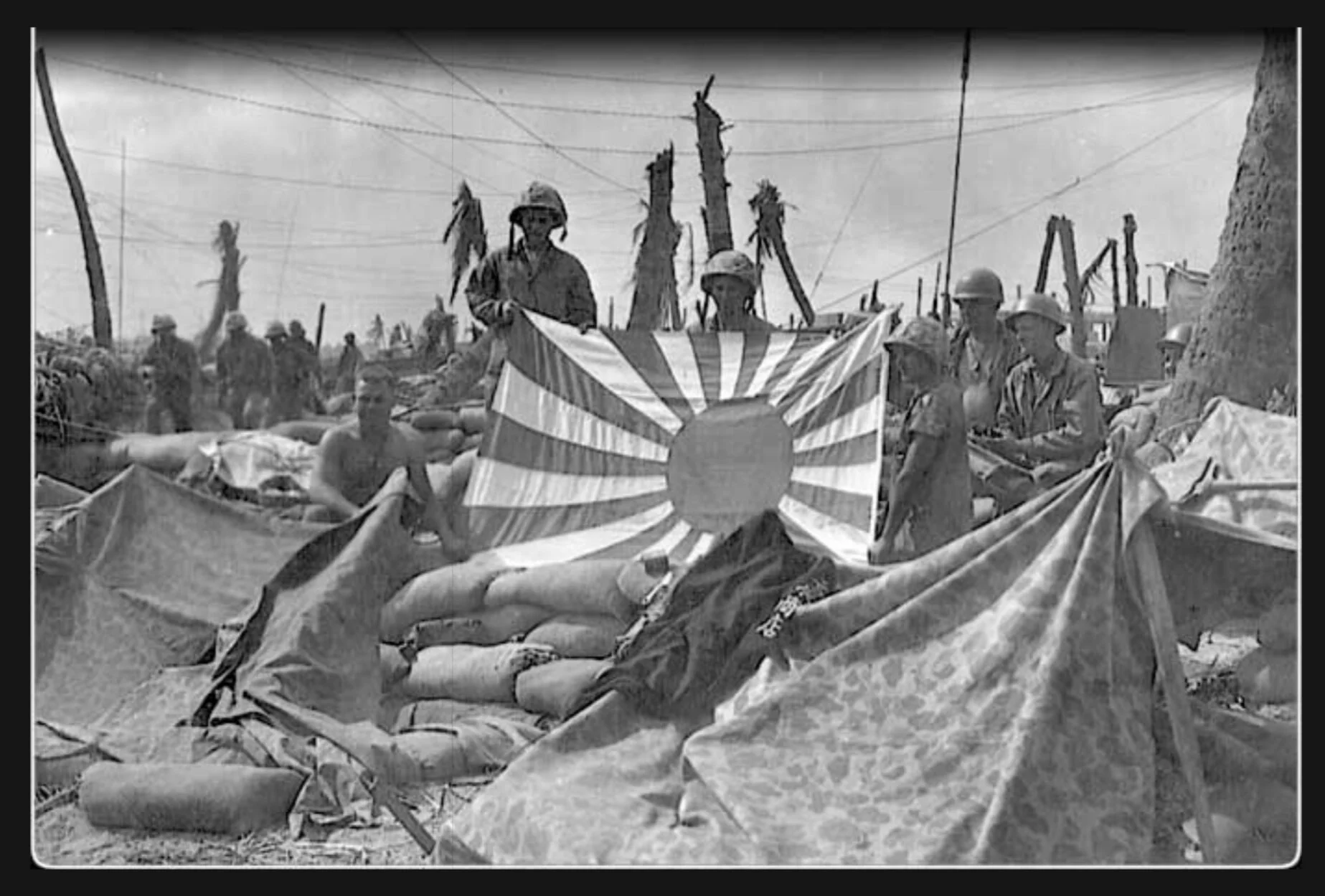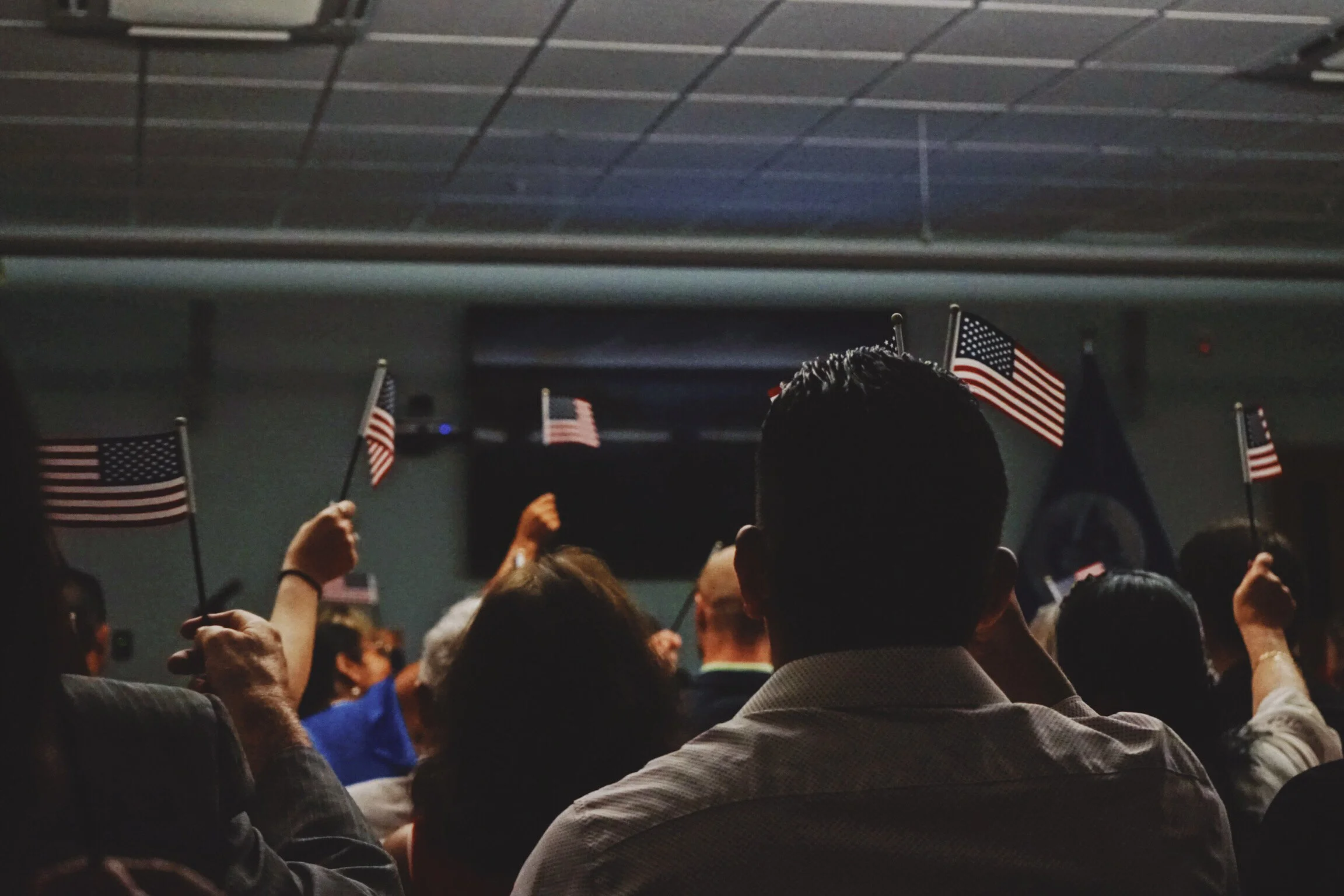
Our History
A Brief Overview
How COFA came to be, and why COFA residents now reside in Texas.
Original Inhabitants
The first settlements of the islands - all in the Pacific northeast of Papua New Guinea and Australia and southwest of Hawai’i - occurred approximately 3,500 to 2,000 years ago. The archeological record is limited given that the islands are small, densely populated, and often disturbed by major storms. Though in relatively close proximity to one another and with commonalities, the countries we know today were and are home to great cultural diversity. The eastern and central languages are more closely related to Austronesian languages, while those of the west - Palau, the Marianas, and Yap - are not closely related to any of the others. The region includes, from east to west, Kiribati, Nauru, the Marshall Islands (Enewetak, Bikini, Rongelap, Kwajalein, and Majuro), The Federated States of Micronesia (Yap, Chuuk, Pohnpei, and Kosrae), the Northern Mariana Islands, Guam, and Palau. Seven major high-island cultures can be distinguished, while inhabitants of most of the low islands or atolls are culturally distinct from them. These indigenous cultures each form one part of a larger Micronesian whole. The residents of all were traditionally particularly mobile across the seas, maintaining extensive interisland exchange networks.
German Rule
Beginning in 1870, German companies set up trading stations on the Micronesian islands and German vessels visited periodically to pick up copra, a locally produced kernal from coconuts, from which oil is derived. In 1899, Germany purchased the Carolines and Marianas from Spain. The German flag was raised over the island of Yap for the first time, building many copra trading posts across the islands. Germany imposed tax through labor on the islanders, which ignited the Sokehs Rebellion. Although German rule was only 15 years (and twice that long in the Marshalls), its impact was lasting, such as the names like Olaf and Fritz that islanders inherited, or the families that German officials and traders left behind.
Trust Territory of the Pacific Islands (TTPI)
After World War II the United States assumed administration of the Trust Territory of the Pacific Islands. Decolonization did not begin until the late 1960s. The Trust controlled the development of the island economies and international relations. It also gave the United States complete military control within the islands. Travel to the U.S. was limited to government officials and students, and . The trust territories were later divided into four separate entities.
Arrival of Europeans
Micronesia’s contact with the west began with the Portuguese navigator Magellan’s brief stop at Guam in 1521, under the Spanish flag. The Caroline and Marshall Islands were mostly spared European contact until the late 1700s, when European traders and missionaries began activities in the region. Comparable to the “scramble for Africa” a century later in the 1880s, Spain and Germany competed to establish formal control over these islands. Papal mediation in 1888 led to a settlement in which Spain retained the Carolines and Germany the Marshalls. However, when the United States seized Guam during the Spanish-American War of 1898, Spain found itself unable to sustain a regional presence and sold the Carolines and remaining Marianas to Germany. The brief Spanish and German imperial periods in Micronesia are known for their relatively light rule (with the exception of Guam’s colonization).
Japanese Occupation
At the outbreak of World War I in 1914, Japan swept through the Micronesian islands seizing Germany’s former possessions, asserting themselves as a world power through colonization like their European counterparts. A League of Nations mandate in 1919 known as the “South Seas Mandate” made their possession official. The Japanese fleet anchored in Chuuk, which became the headquarters for all their Micronesian naval operations. The invasion was bloodless, but the subsequent occupation, colonization, and liberation of the islands were note. The mandate was translated into an imperial colony, flooding the region with Japanese colonists and their Korean and Okinawan servants. This followed on the heels of existing Japanese business operations on the islands, such as Nanyo Boeki Kaisha trade. The abuses inflicted on the islanders grew worse over time, especially after the start of the Pacific War. The Japanese ruled over Micronesia for 30 years, until they surrendered to the United States on September 2nd, 1945.
Nuclear Testing
United States Navy officials asked if the people of the islands would sacrifice their atoll “for the good of mankind and to end all wars.” Between 1946 and 1958, the U.S. military conducted nuclear bomb tests on the islands of Bikini and Enewetak of the Marshall Islands. The U.S. has conducted 67 nuclear atmospheric bomb tests in the Marshall Islands – the equivalent of 7200 Hiroshima bombs –spreading far-reaching nuclear fallout. Bravo, a test in 1954, created the worst contamination in the history of the American testing program, with fallout spreading to neighboring islands which had not been evacuated. The radiation levels in many of the islands remain extremely high – up to 7600 milligrays (mGy), compared to 10 mGy in cities of the mainland United States. The Marshallese people suffer higher-than-average rates of cancer and other radiation-related diseases. A significant number of migrants and COFA residents in Texas continue to suffer from radiogenic diseases, birth defects, and chronic illnesses directly tied to U.S. nuclear testing. The United States stopped all testing in the region in accord with the 1963 Nuclear Test-Ban Treaty. To learn more about the impact of nuclear testing, we encouraging viewing this video.
Spanish Colonization
Micronesia has a complex colonial history. Spanish colonization began with the Mariana Islands in 1668, expanding over time and lasting through 1899. Guam proved strategically useful to the Spanish empire as a mid-Pacific stop between its imperial possessions in the Americas and Philippines. In 1670 the indigeous Chamorro people rebelled, and 25 years of sporadic warfare and conflict ensued. The conflict, along with diseases introduced by Europeans, reduced the local population from about 100,000 to 4,000. Remnants of the “Spanish Walls,” built by the colonizers as part of the efforts to protect themselves, still remain on the islands today. At the conclusion of the Spanish-American War, Spain sold the islands to Germany.
World War II
As battlegrounds during World War II and placed in the Pacific between the United States and Japan, approximately 5,000 American and 38,600 casualties were recorded in the Micronesian islands, with an additional 22,000 wounded Americans. The numbers of islanders injured and killed are not recorded. The war inflicted suffering; property and infrastructure were destroyed, food shortages were widespread, and many people were displaced. It left the regional economy in shambles. When Japan surrendered to the United States, the islands fell fully under the political control of the U.S., which deported the Japanese colonist and reorganized the region into the “Trust Territory of the Pacific Islands.” Reminders of the war remain today; Chuuk’s lagoon holds an entire Japanese fleet that sank in 1944, with human skeletons, dishes, and even fighter planes and tanks tied on deck.
Compact of Free Association (COFA)
In 1969 Micronesian leaders began negotiations with the U.S. for full self-government. In 1986 the island nations under the trust Territory were given the option of choosing between becoming a commonwealth of the US or independent nations with special agreements with the United States. Three Island territories chose independence. That independence came attached with a unique treaty, known as “Compact of Free Association” (COFA). Made between the US and The Republic of the Marshall Islands, The Republic of Palau, and the Federated States of Micronesia, the Compact - which became effective on November 3rd, 1986 - allows the citizens from each of these nations to freely migrate, without work permits or visas, to study, live and work in the United States. It also allows the United States to have a strong military presence in the COFA islands in perpetuity. This means no other nation can have any military agreement with the COFA nations. The Compact was renewed in 2003 and remains active today.

The islands and the people today.
Each of the modern Micronesian islands has its own capital, urban area, and contemporary culture. Just as they did in 1600 and 1900, life does not look the same on each island group, and the pace of change varies, though traditional lifestyles have largely been lost except on outer islands. Tourism makes up a significant portion of local economies. The industry and island way of life is threatened by global changes, however, with rising sea levels threatening low-lying atolls.
Notably, one of the islands’ largest income sources is the Ronald Reagan Ballistic Missile Defense Test Site on the Kwajalein Atoll, Marshall Islands. Non-military Marshallese, even though they work on the base, are not allowed to live on the atoll and cannot utilize the American hospital. Medical facilities are woefully inadequate in the Marshall Islands. There is not even one operational dialysis machine, and basic medications (like antibiotics) are in extremely short supply. In seeking economic advancement and opportunity, many COFA citizens are drawn to U.S. military service.
Today, COFA citizens voluntarily join the U.S. armed services at a significantly higher per capita rate than native U.S. citizens from any region, serving the U.S. military across the globe. The strongest military presence of COFA individuals serving the U.S. are trained and stationed at Texas military bases, including Fort Hood. Many COFA residents now reside in Killeen, Keene, Corsicana, Copperas Cove, San Antonio, among other Texas cities. Despite the majority being active duty service member or veterans of the U.S. military, most COFA residents in Texas face inequitable laws, social services, and barriers to their livelihoods. We work to change this every day through our work.

COFA Residents in Texas
We pay all taxes.
COFA residents living in Texas pay all taxes: Local, State and Federal. Even though their taxes help pay for the programs that assist low-income families, COFA residents are not able to access those services themselves. For example, they are not allowed Temporary Assistance for Needy Families (TANF), Welfare, childcare or housing assistance programs. COFA residents can only receive Food Stamps if there are US-born children in the family and they meet the income requirements. Medicaid coverage had been granted to COFA residents, but was taken away in 1996 by the Federal Personal Responsibility and Work Opportunity Act. As a result, they face significant barriers to accessing basic health care.
We are legally in the U.S.
While COFA residents are legally in the US, they are considered “permanent nonimmigrants” and are not eligible for SSI. This is because they do not meet the PRUCOL (Public Residents under the Color of Law) definition as laid out by the Social Security Administration. Most other legal immigrants (such as green card holders) meet the definition and are eligible to receive SSI after 5 years of residency. While Medicaid access was recently restored to COFA residents nationally, the limitations of Medicaid coverage in Texas means that COFA residents face particularly limited options for healthcare access.
We face undue barriers.
COFA residents come to the US to work because they are in search of living wage jobs and seeking better education for their families. Due to being subject to high levels of radiation as described above, many COFA residents have chronic diseases that require preventative care under the supervision of a physician or regular visit, including cancer, endocrine diseases, and thyroid issues. Most COFA residents are unable to afford medical care and insurance, leading to a lack of preventive/supervisory primary health care services, and resulting in higher-cost tertiary care and emergency room use. When monitored closely, chronic endocrine diseases have fewer complications (renal disease, neuropathy, cardiovascular disease) with less severity. Cancers caught in the earlier stages have much better survival rates and cost less to treat than when not found until the cancer is well established. These considerations lend themselves to the thought that less cost over time would be utilized if the COFA people received timely medical care.

Piletik kin aude pillap.
Small streams fill big rivers.
- Pohnpeian Proverb











